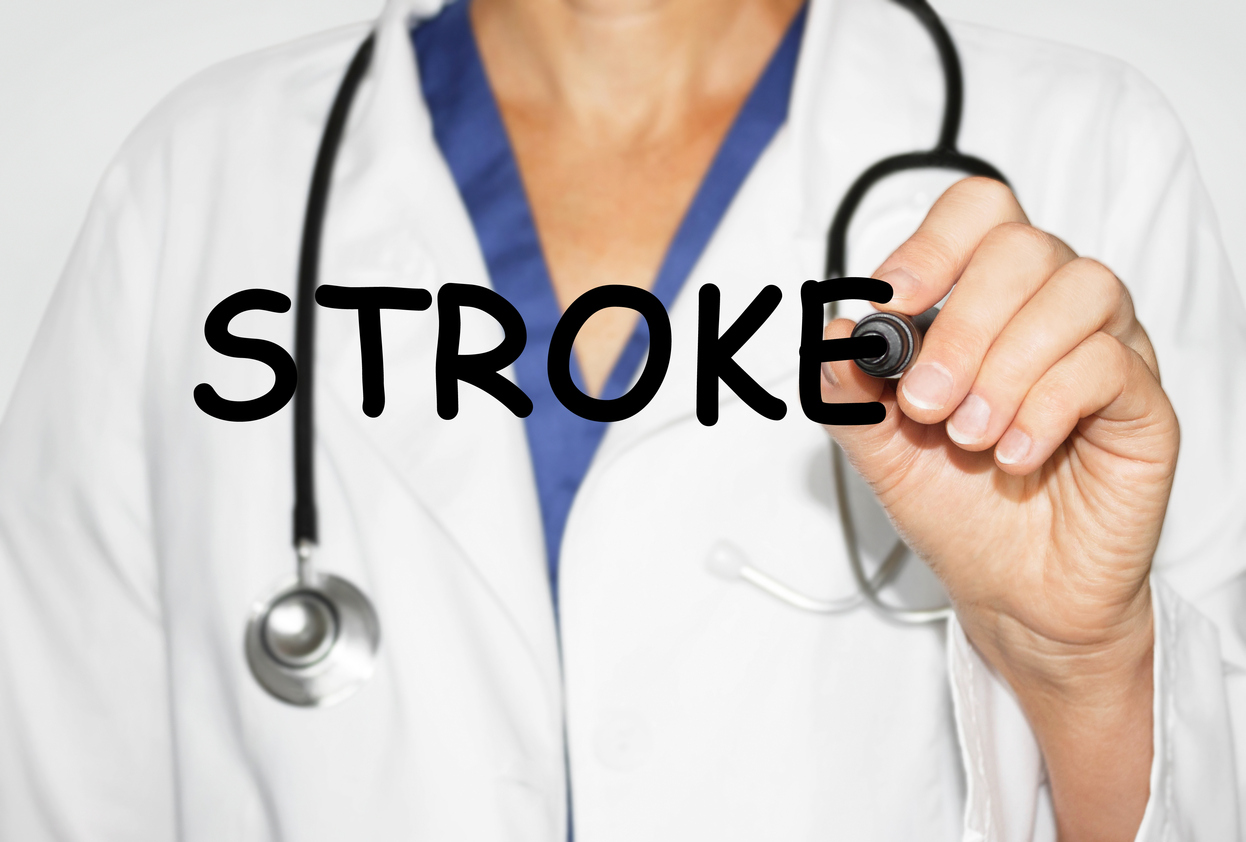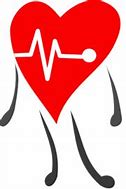
National Stroke Awareness Month
May is national stroke awareness month. Every year 800,000 people suffer from a stroke, which makes the incidence of stroke equal to that of heart attacks. While stroke is the fifth leading cause of death, the majority of stroke victims do survive. Therefore, stroke is the primary cause of long-term disability.
Strokes fall into two main types. There are ischemic strokes which account for 85% of all strokes. Ischemic strokes occur when the delivery of blood to the brain is blocked by a clot. The brain requires large amounts of blood all day every day, which means this type of blockage quickly causes serious damage to the brain in areas downstream of the blockage. The second main stroke type is a hemorrhagic stroke. In these cases, a blood vessel ruptures and the bleeding creates swelling, pressure, and cell damage. It is also important to recognize a third type of stroke called a transient ischemic attack or TIA. This is not a full-blown stroke, but instead a short-term event that causes symptoms similar to a stroke. TIA’s are sometimes call “mini-strokes”. While individuals with TIAs often recover without permanent damage, having a TIA should be considered a very serious warning sign for a future stroke. In fact, 40 percent of people who have a TIA will have a stroke.
Eighty percent of strokes are preventable. This means that spreading awareness about stroke risk factors and warning signs is a powerful way to reduce the number of individuals who suffer long-term disability after a stroke.
Recognizing when an individual is having a stroke is crucial because faster treatment means less damage to the brain. It is common for an individual who is suffering from a stroke to experience confusion, headache, dizziness, or vision issues. There is also a handy acronym, F.A.S.T., that can be used to quickly recognize when someone is suffering from a stroke: ● F - Face: Is one side of the face drooping or numb? Ask the person to smile and check. ● A - Arms: Is one arm weak or numb? Ask the person to raise both arms. Does one arm drift downward? ● S - Speech: Is their speech slurred? ● T - Time: If someone has these symptoms, even if they go away, call 911.
Strokes most often affect older adults; however, 15 percent of ischemic strokes occur in adolescents and young adults and the number of strokes in young adults has increased 44 percent over the last ten years. These statistics mean that spreading awareness about strokes can have a meaningful impact on people of all ages.
SOURCES: http://newsroom.heart.org/news/may-is-american-stroke-month http://www.strokeassociation.org http://www.stroke.org https://www.cdc.gov/dhdsp/data_statistics/fact_sheets/fs_stroke.htm



